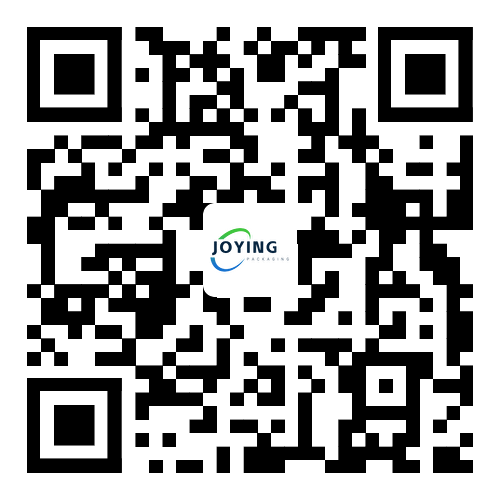Barcode Stickers revolutionize inventory management in retail industry
2023-08-21
The retail industry is constantly evolving, and now more than ever, efficiency plays a critical role in profitability. Barcode stickers have emerged as a simple yet impactful solution to inventory management that is gaining serious attention among retail businesses of all sizes.
Traditional methods of inventory management such as manual stock taking and item counting are highly prone to human errors, and can severely restrict the growth potential of a business. Barcode technology eliminates these issues and allows for swift and accurate information processing.
A barcode sticker is a small, rectangular label that contains a unique set of number and lines, that stores information about a product such as its price, name, size, and other relevant details. These stickers can be easily scanned using a barcode scanner, which transfers the information to a computer system. This not only saves time but also reduces errors, enabling business owners to make better-informed decisions based on real-time data.

Barcode stickers come in a variety of types, including adhesive, removable, waterproof, and tear-resistant, making them suitable for a range of products, including groceries, garments, cosmetics, and electronics. Furthermore, they are easy to attach and can seamlessly integrate with existing point-of-sale (POS) systems, making the transition to barcode technology a breeze.
The benefits of barcode stickers are not limited to inventory management. They also have the potential to improve the customer experience. By scanning barcode stickers, retailers can instantly provide customers with information such as product availability, pricing, and other product features, boosting the overall shopping experience.
With the growing adoption of e-commerce and omnichannel marketing, barcode technology is set to play an increasingly critical role in managing inventory. Businesses that fail to adopt this technology risk being left behind.
In conclusion, barcode stickers offer a simple yet highly effective solution to inventory management in the retail industry. They save time, reduce errors, improve decision-making, and can potentially boost customer satisfaction. Now more than ever, businesses must invest in technological tools that can help them stay ahead in an ever-changing market.





